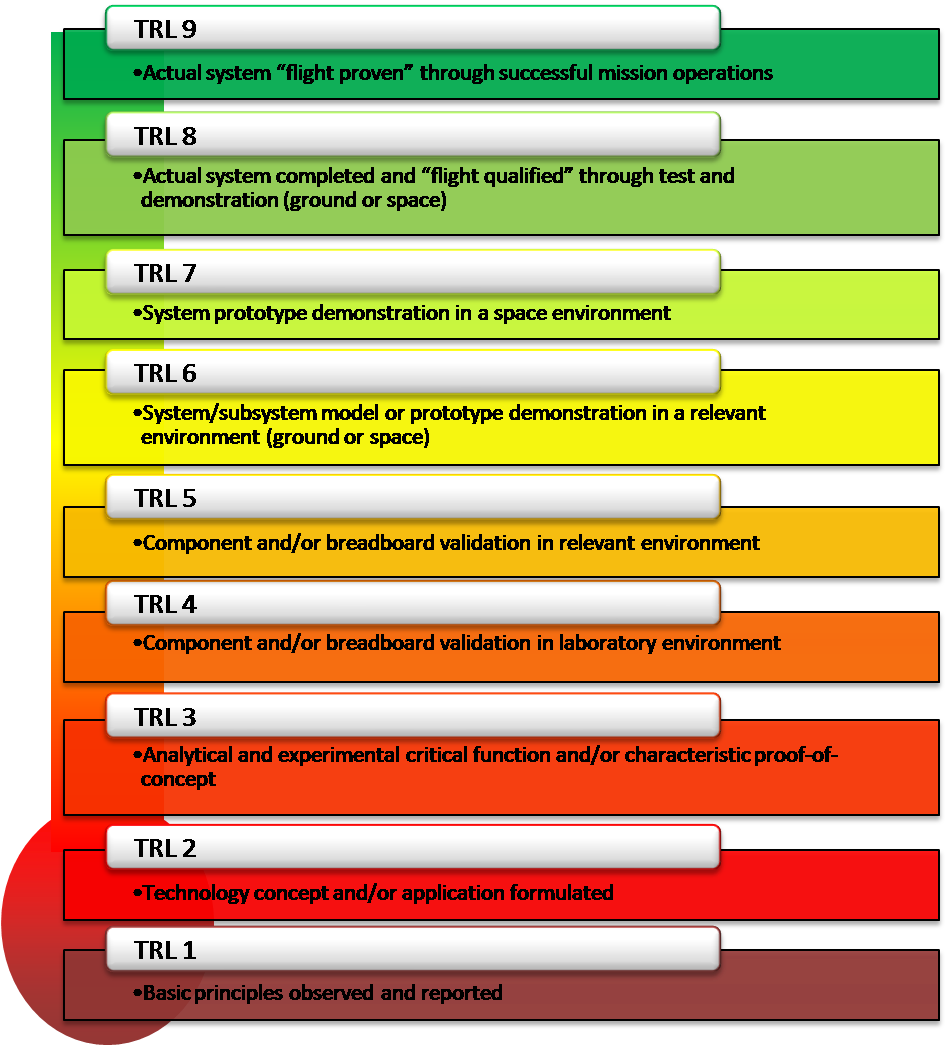This is a very very skewed version of more power out than in. The fusion reactions created more energy than was contained in the laser pulse that reached and collapsed the pellet. Nowhere does it take into account the energy needed to create the laser pulse. You will hear these claims all over the place. But they are still at least one order of magnitude short of real break even. The lasers are inefficient, and losses in the optical path rob the system of significant energy as well. These are not trivial problems to fix. They are already using systems at the leading edge of technology. They need fundamental breakthroughs, not just more engineering.
ETA, ninjed above. Two orders of magnitude short.
And nobody has even started serious work on developing a viable energy recovery systems for any reactor. There are paper designs of in-principle ideas. Getting useful energy out of a fusion reactor is a huge step up from a fission reactor. There are a slew of desperately difficult problems to solve. Fission reactors have the luxury of thermalising neutrons in a cooling medium directly integrated into the core. Fusion reactors can’t do this. The full neutron flux passes outside before it can be used. This means that the entire reactor has to be engineered to work in the face of this flux. It really isn’t clear how you make a viable reactor that can survive this for an economic time. And claims of a-neutronic fusion reactions as a solution neglect another slew of problems, not the least of which is that they require nearly an order of magnitude more energy to initiate, and they are only a-neutronic on one of the reaction pathways present, so still deliver a significant neutron flux.
